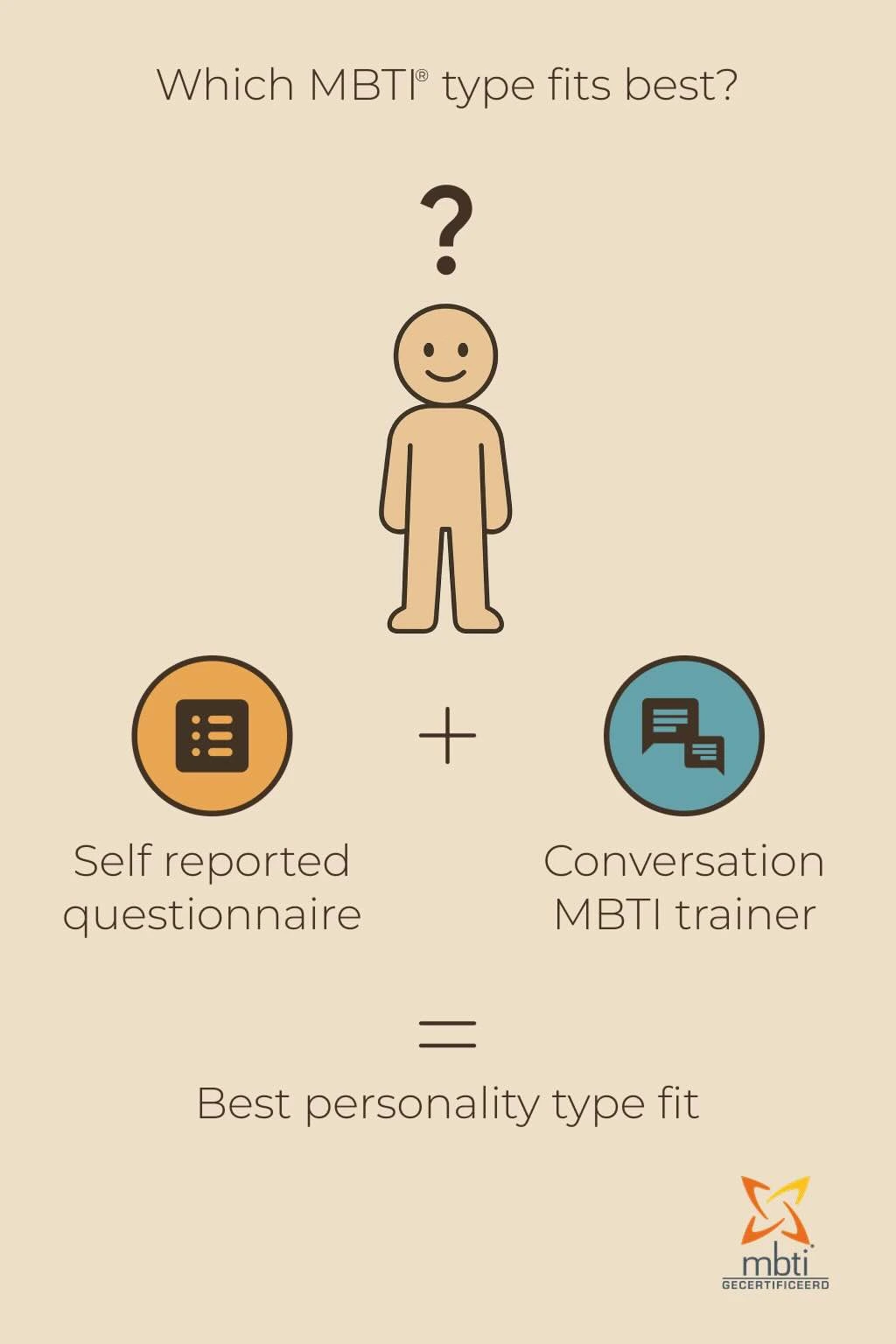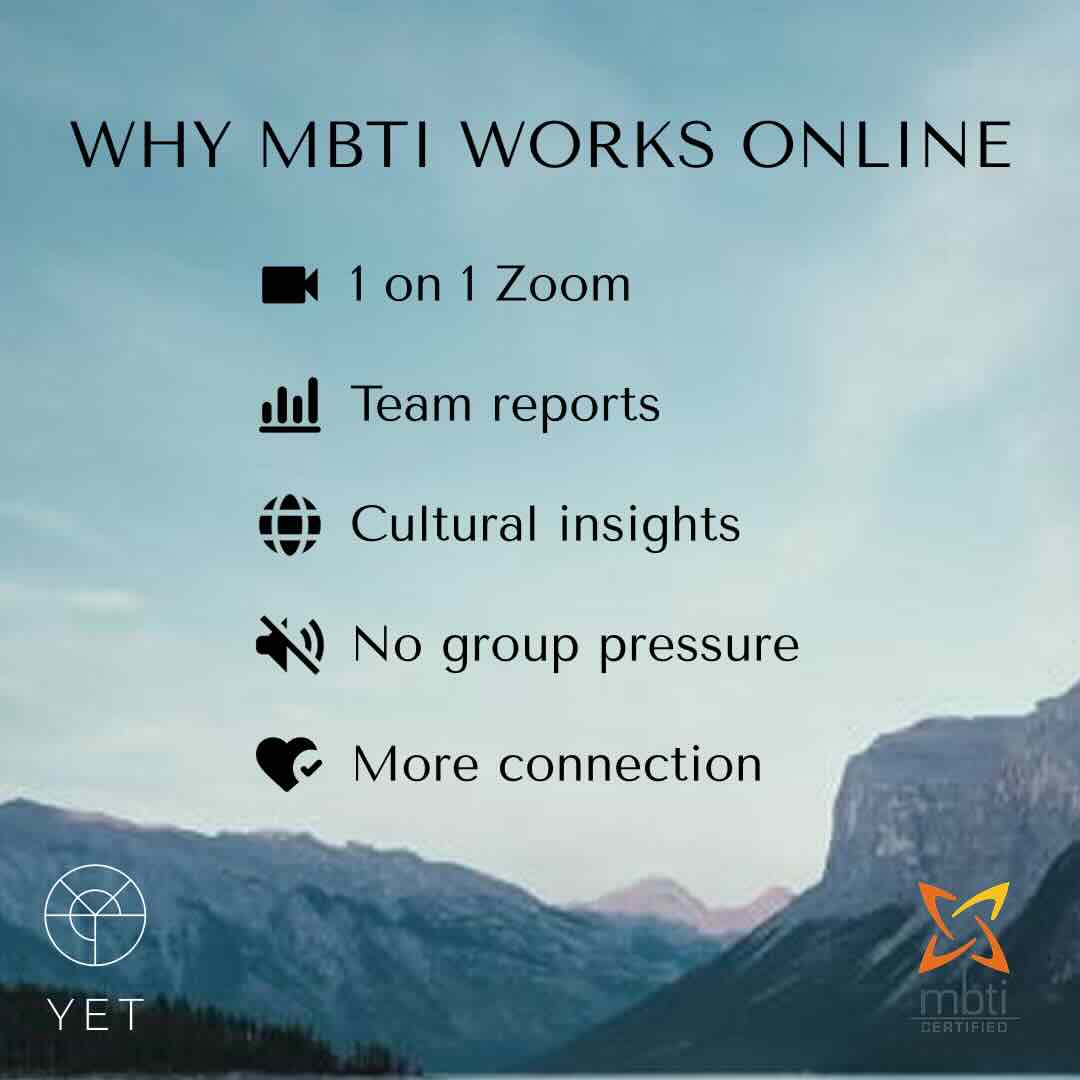A positive office culture is no longer a “nice-to-have.” It’s essential for retaining talent, boosting productivity, and creating a space where people actually want to work. But improving office culture isn’t just about perks, ping pong tables, or casual Fridays. It starts with understanding people—how they think, communicate, and collaborate.
One powerful yet often underused way to improve office culture is through personality insights. In particular, the MBTI (Myers-Briggs Type Indicator) offers a proven framework to create deeper understanding and more effective interactions across your team.
Why Office Culture Matters More Than Ever
In a time of hybrid work, digital overload, and rising burnout rates, culture has become the anchor that keeps teams connected. A healthy office culture improves:
- Employee engagement
- Team collaboration
- Innovation and creativity
- Mental well-being
- Retention and loyalty
But if team members don’t understand each other’s needs and styles, even the most well-designed culture initiatives can fall flat.
How MBTI Can Help Improve Office Culture
The MBTI identifies 16 personality types based on four preferences:
- Introversion (I) vs. Extraversion (E)
- Sensing (S) vs. Intuition (N)
- Thinking (T) vs. Feeling (F)
- Judging (J) vs. Perceiving (P)
Each person’s unique combination influences how they work, make decisions, respond to stress, and communicate. By understanding these differences, companies can build a culture that’s not just productive—but deeply human.
1. Improving Communication Styles
Some team members prefer direct, fast-paced communication (like ESTJs or ENTJs), while others (like INFPs or ISFJs) value a gentler, more thoughtful approach. Recognizing these preferences avoids unnecessary tension and helps teams communicate with intention.
Tip: Use MBTI insights to discuss how each team member prefers to give and receive feedback.
2. Designing Inclusive Workspaces
Introverts may need quiet zones or flexible remote options, while Extraverts thrive on interaction. A one-size-fits-all officedesign can unintentionally alienate part of your workforce.
Tip: Encourage team leads to ask employees what environments help them do their best work—and use MBTI as a guide to interpret patterns.
3. Boosting Psychological Safety
When people feel understood, they feel safer. And when they feel safe, they speak up, share ideas, and take creative risks. MBTI helps normalize differences and turns them into strengths.
Tip: Use MBTI-based team workshops to reduce friction and promote appreciation of different work styles.
4. Supporting Employee Growth
Knowing someone’s MBTI type can help guide their development path. For example, a Thinking-Judging (TJ) type may thrive in structured leadership programs, while a Perceiving-Feeling (FP) type might prefer experiential learning.
Tip: Align growth opportunities with personality-driven preferences for stronger motivation and better results.
Real-Life Impact: What Happens When You Align Culture with Personality
Companies that embrace personality insights in their cultural strategy see:
- Stronger collaboration across departments
- Higher trust between managers and employees
- Reduced conflict and miscommunication
- More resilient teams that adapt well to change
And perhaps most importantly: employees feel seen, not just as roles, but as people.
Final Thoughts: Improving Office Culture Starts with Understanding
To truly improve office culture, start by asking: Who are we working with—and what do they need to thrive?
Personality tools like the MBTI don’t provide all the answers, but they open the door to better conversations, clearer expectations, and more authentic connections. And that’s what transforms workplaces from functional to fantastic.




